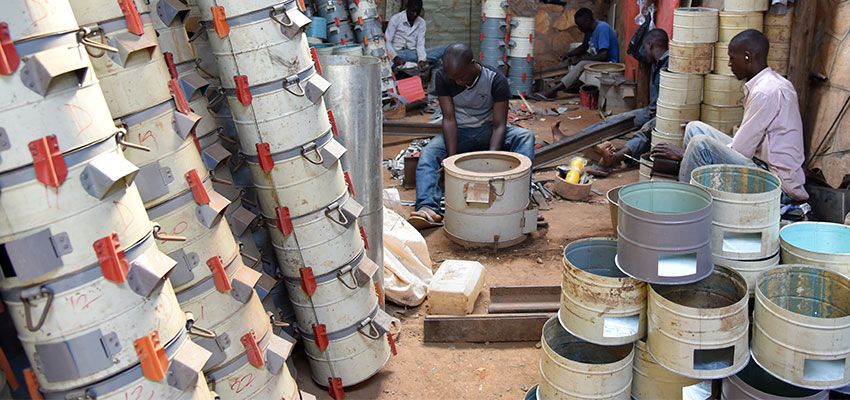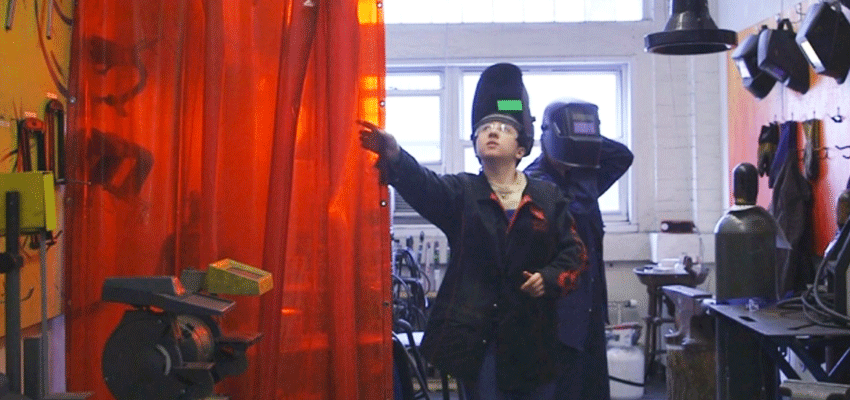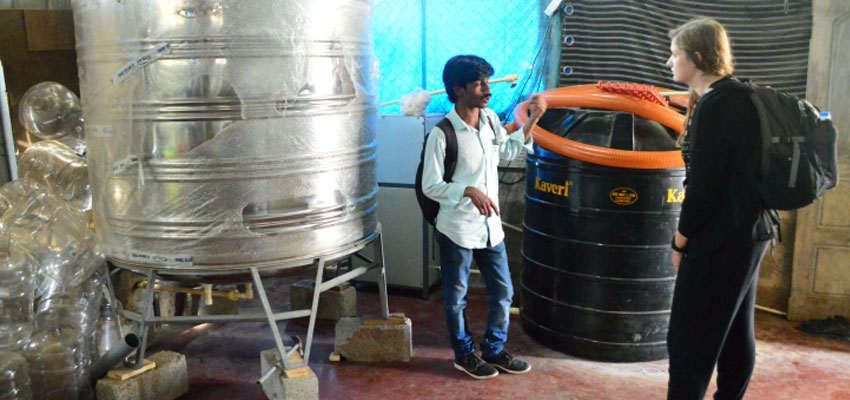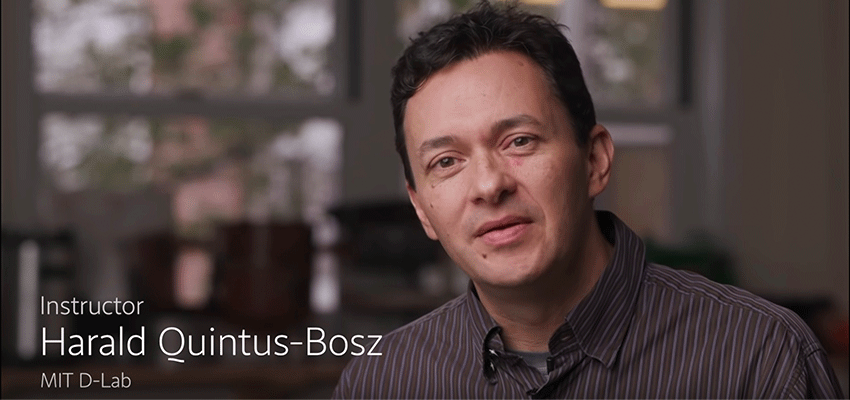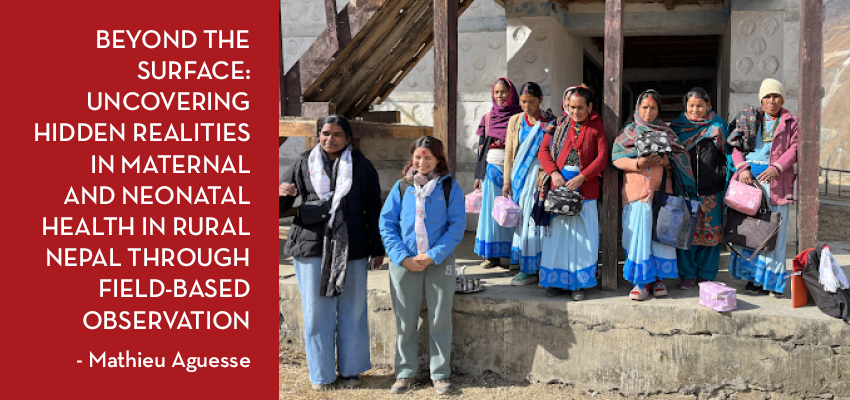Researching materials to use to make the single-use filter housing in the Spirometer biodegradable.
Student team
- Remi Sandell 2025
- Johan Maysonet 2025
- Youtian Duan Harvard GSD Mdes 2024
- Rohan Sanghai MechE M.Eng 2024
Remi Sandell, rsandell@mit.edu
Community partner
- Briota
- Gajanan Sakhare and Shardul Joshi
Country
India
The problem
Chronic respiratory diseases, like Chronic Obstructive Pulmonary Disorder (COPD), often re-ferred to as the smoker's lung disease, are a pressing health concern globally. With one in 10 individuals suffering from some form of respiratory ailment, areas with poor air quality, such as Delhi, face amplified challenges, especially during specific months like September to De-cember. Our sponsor, Briota, aims to make Pulmonary Function Testing affordable and easily accessible even in remote parts of India. They plan to do this using their Spirometer and Oscil-lometer lung testing devices. These devices use a single-use bacterial viral filter to prevent cross-contamination between patients and doctors and make testing safer. Unfortunately, the current filter housing is made of a non-biodegradable plastic and is single-use. This means that after the filter is discarded, it will sit in a landfill for numerous years while contributing to envi-ronmental pollution. Knowing this, Briota aims to make the filter’s housing more environmen-tally friendly through the implementation of biodegradable and natural materials without compromising its low cost of production.
Our project
Given this issue, our group researched biodegradable materials that Briota could use to make the filter housing. We first researched biodegradable plastics, finding that PBS and PHA were the most promising options. These are both biodegradable and biocompatible plastics, which have been used in other medical devices. The manufacturing method that we believe to be the cheapest and most promising for these materials is injection molding. It has been done before and Briota already has the mold for injection molding, so the cost of tooling would be very low.
After exploring biodegradable plastics, we moved onto researching organic materials. We spe-cifically researched cardboard, jute, hemp, and sugarcane bagasse. We found that jute would not be a visible option due to the long strands it is made of, however cardboard, hemp, sugar-cane bagasse, or some mixture of these materials show promise. These organic materials are typically manufactured by pulp molding, which is the same process that egg cartons are made by.
To test the manufacturing method of pulp molding on the shape of the filter housing, we 3D printed molds and then did a simplified pulp molding process. We found that the materials could be molded into the shape, however there were some concerns on whether the material would be airtight. This airtight requirement is essential to the filter housing since if the mate-rial is not airtight, the test results for spirometry tests will be inaccurate. If Briota were to ex-plore this option further, we would recommend that they get a small sample of the filter hous-ing pulp molded and then check for air tightness. If the air tight requirement cannot be met with these materials or this process, we recommend not moving forward with this.
Handing off project to partner
When handing off our project, we suggest to Briota to investigate the injection molding of PBS first, as it is the cheapest and most medically safe option. However, if they do want to look in-to the pulp molding more, we would urge them to make sure that this method creates an air-tight filter housing and that the organic materials are medically safe.
Caption for image: Pictured above is the test pulp molding samples. We created 4 different 3D printed molds with varying thicknesses and curvature, and then did a simplified pulp molding process to create these samples. The ones pictured above are pure cardboard samples.
Contact
Macauley Kenney, D-Lab: Design for Scale Instructor






